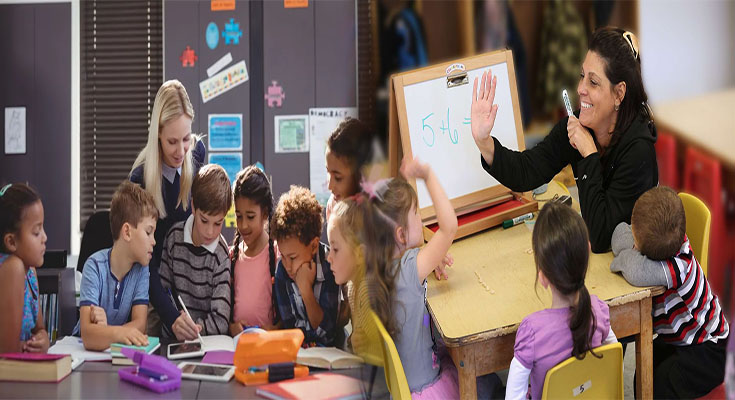Inclusive classroom practices are essential for ensuring that all students, including those with exceptionalities, are able to succeed academically and socially. Inclusive classrooms not only support the academic growth of exceptional students, but they also create a sense of belonging and community for all students. In this article, we will explore inclusive classroom practices that can lead to exceptional student success.
What is Inclusive Classroom Practice?
Inclusive classroom practice is a teaching approach designed to create a welcoming and supportive environment for all students, including those with exceptionalities. It involves recognizing and valuing the diversity and unique abilities of individual students and creating opportunities for them to participate in all aspects of classroom life.
Inclusive classrooms prioritize the creation of a learning environment that is accessible to all students. This means removing barriers to learning, such as inaccessible materials or inflexible teaching strategies, and using a variety of strategies to support the learning of all students.
Key Inclusive Classroom Practices
Here are some key inclusive classroom practices that can lead to exceptional student success:
- Universal Design for Learning (UDL): UDL is an approach that provides all students with multiple pathways for learning. It seeks to remove any barriers to learning for students with diverse backgrounds and abilities by designing lessons that are flexible and allow for multiple ways of demonstrating knowledge.
- Collaborative Learning: Inclusive classrooms value collaboration and teamwork. Group projects and peer-to-peer learning can help build social skills and support the academic success of all students, including exceptional students.
- Differentiated Instruction: Teachers can differentiate instruction by providing different learners with different options for learning and expressing understanding. This approach allows students with exceptionalities to demonstrate their knowledge in ways that are most meaningful to them.
- Use of Assistive Technology: Assistive technology, such as text-to-speech software or touchpad keyboards, can be used to ensure the accessibility of learning materials and allow students with exceptionalities to fully participate in all aspects of classroom learning.
- Supportive Classroom Culture: Creating a classroom culture that values diversity and inclusivity is essential for student success. Teachers can establish routines and positive behaviors that reinforce respect for others, promoting a sense of belonging and community.
Benefits of Inclusive Classroom Practices
Inclusive classroom practices can lead to exceptional student success in several ways:
- Improved academic performance: Inclusive classrooms can lead to improved academic performance for exceptional students, as well as for all students.
- Improved social skills: Inclusive classrooms promote social-emotional learning by fostering collaboration and teamwork, helping students build key social skills.
- Increased self-esteem: Inclusive classroom practices promote a sense of belonging and community, which can lead to an increase in students’ self-esteem and self-confidence.
- Improved parent and community engagement: Inclusive classrooms create a welcoming and supportive environment for all families, fostering community engagement and support for the school.
Inclusive classroom practices are essential for the success of exceptional students, as well as for creating a supportive and nurturing learning environment for all students. By embracing inclusive practices and providing students with accessible, flexible, and engaging learning opportunities, teachers can promote academic achievement and foster social-emotional learning in the classroom. Ultimately, inclusive classrooms create a safe and positive learning environment where all students can thrive.





